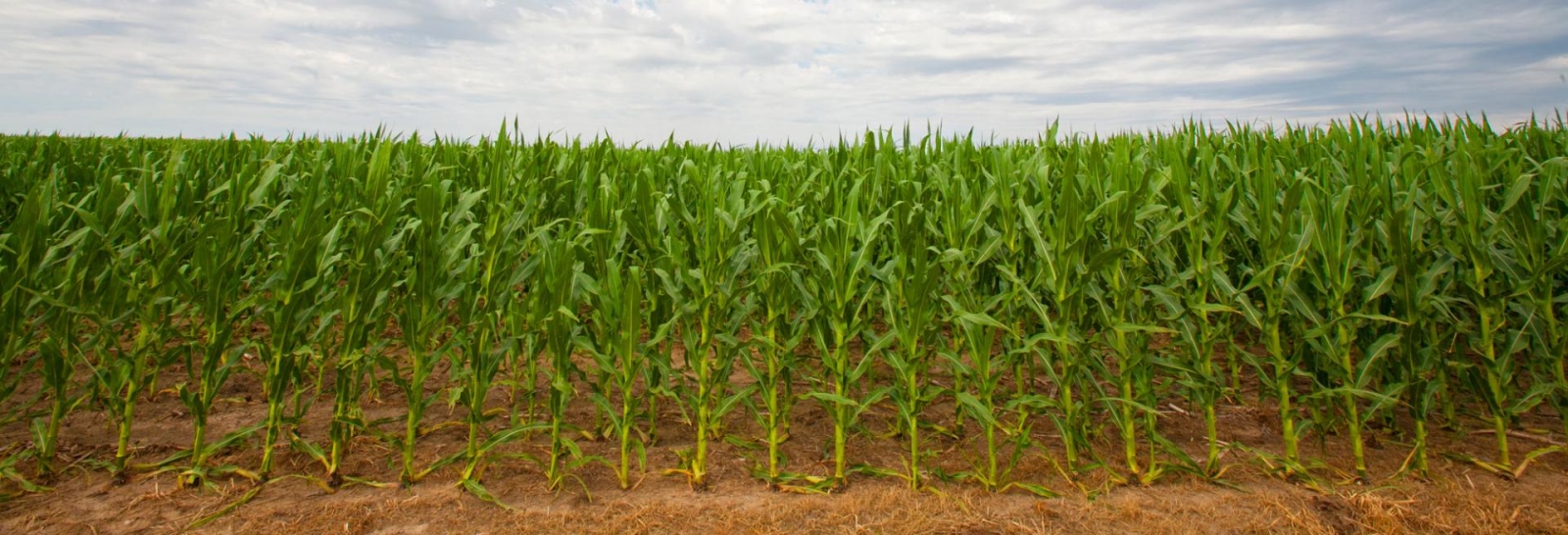April 3, 2009
Prescribed Burning Basics
|
Prescribed burning CRP or pasture can improve stands, prepare for interseeding, control weeds and trees, enhance wildlife habitat, and improve forage quality, but it must be done safely.
While fire improves many grasslands, it can be dangerous. Wildfires occur easily when it is hot, dry, and windy, especially if you are inexperienced or careless. If you're considering using a prescribed burn, check the Extension resources listed in the box at right and be sure to contact your local fire chief for a permit.
Prescribed Burns and CRP Renovation
Fire is useful on CRP or other fields that are overgrown with much dead mulch from previous years. This mulch can smother plants and new seedlings, causing stands to get thinner. Fire removes this mulch, enabling stands to thicken, and it improves wildlife habitat.
Fire also can reduce the invasion of woody plants, weeds, or cool-season grasses into warm-season grasslands. These less desirable plants are injured or killed by a well-timed burn. This can be especially useful in summer pastures.
Time the Burn to Optimize Pasture Regrowth
To get the most benefit from the prescribed burn, timing is important. Right now is a bit too early to burn warm-season grasses. Burning now will open up the ground for weeds to invade, soil to erode, and moisture to evaporate. The best time to burn warm-season grasses is when they just start to grow, usually in late April to early May. Burning then will result in rapid greenup and thickening of desirable warm-season plants.
Bruce Anderson
Extension Forage Specialist
